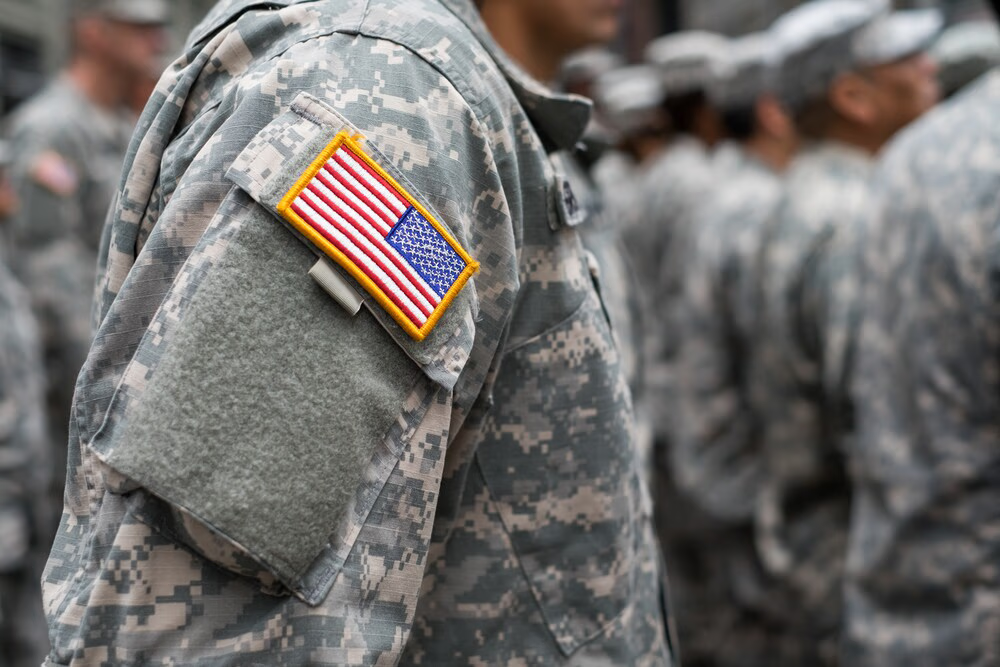Recently President Donald Trump authorized a series of strikes on boats allegedly carrying drugs from Venezuela. But the scale of U.S. military activity in the region goes far beyond counternarcotics operations. According to the Washington Examiner, military planners believe the forces assembled are sufficient to seize and hold strategically important sites—ports and airfields. Control of such points would allow Washington to entrench and expand its presence in Venezuela. The paper withholds some details for national-security reasons.
The Pentagon is hardly concealing the preparations. An August Defense Department readout noted that during exercises near the U.S. Virgin Islands “six special-operations personnel parachuted into the Caribbean Sea with an inflatable boat three miles off shore. Eleven more fighters then jumped into an airport, after which both groups established control of the airfield.”
Territorial-seizure operations would pose a grave challenge to Nicolás Maduro’s regime. He clung to power by force after losing presidential elections and—according to the Trump administration—is effectively at the head of two large criminal syndicates: the “Sun Cartel” and the Tren de Aragua group, which are involved in drug smuggling and violence on U.S. soil. NBC News has reported that the White House has already tasked the military with drafting plans to strike cartel targets inside Venezuela. Those plans have generally been described as pinpoint “strike–and-withdraw” raids without holding ground—but that assumption is growing harder to sustain.
The region is already hosting numerous U.S. Navy vessels, ten F-35 fighters, the 22nd Marine Expeditionary Unit with 2,200 marines and Harrier jets, as well as a submarine. Support forces have been deployed in Puerto Rico, 520 miles from Caracas. The transfer of personnel and equipment from the United States continues, including special-operations units.
In effect, U.S. forces concentrated around Puerto Rico are positioned for operations to seize sites on Venezuelan territory. They could be reinforced by sudden airborne deployments from the U.S.: a battalion of the 75th Ranger Regiment and a brigade of the 82nd Airborne Division remain in reserve, able to enter combat within 18 hours. In 2021, the 82nd demonstrated its reach by dropping an entire brigade during exercises in Estonia, covering 4,600 miles from its base at Fort Bragg, North Carolina.
The current U.S. military concentration in the Caribbean is too large, costly, and multifunctional to be explained solely by counternarcotics operations. Even if Washington’s goal is psychological pressure, Maduro has reason to fear it signals preparations for direct military action.
